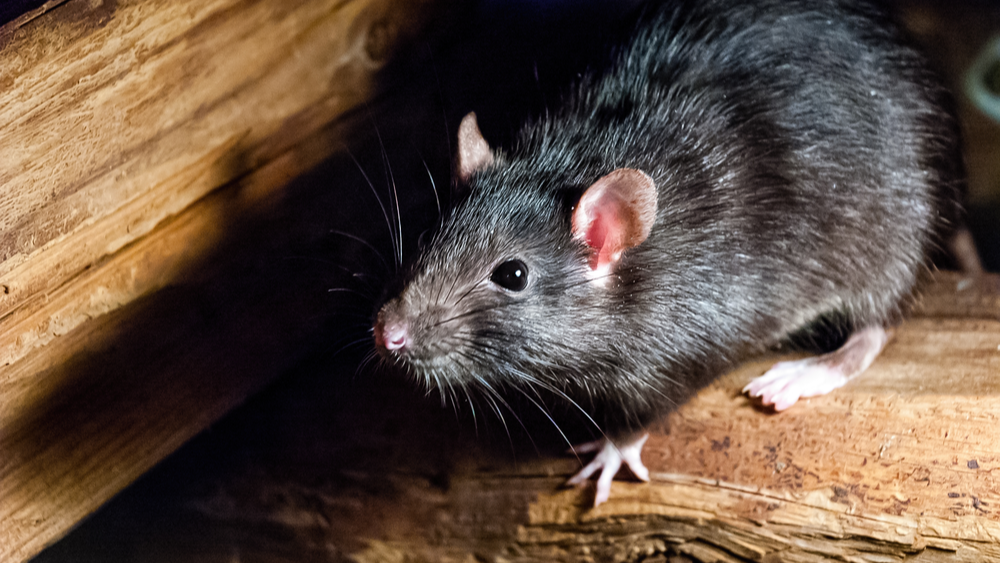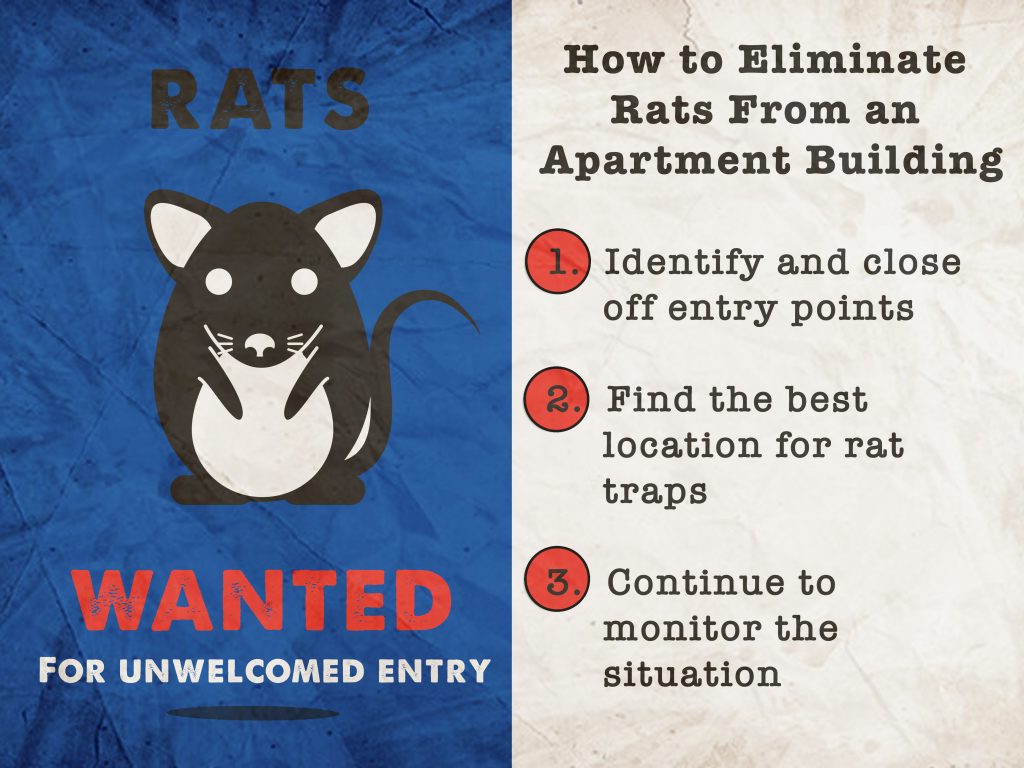
A quiet and peaceful life in a South Florida apartment can quickly turn into a nightmare with the arrival of a rat infestation. There is no such thing as peaceful coexistence with rats. Here is why rats can be a big problem.
- These hardy pests adapt readily to changing conditions and can propagate at an alarming rate under the right conditions.
- Their incessant gnawing causes serious property damage to buildings and their contents, including causing fires by chewing through electrical wires.
- They eat the same foods humans do, plus a lot more. The result is deposits of their urine and feces on uneaten food and surfaces.
- More than 15,000 rat bites are recorded in the U.S. each year.
- Last but certainly not least, rats spread potentially deadly diseases directly and indirectly, including Hantavirus, Leptospirosis, and Rat-bite fever.
Owners of apartment complexes in South Florida have many good reasons to ensure their buildings are rodent-free. More importantly, Florida law requires that landlords “make reasonable provisions for the extermination of rats, mice, roaches, ants, wood-destroying organisms, and bed bugs.” (An exception is provided when the infestation is due to “the negligent or wrongful act or omission of the tenant or other person on the premises with the tenant’s consent.”)
It’s clearly in the best interest of apartment complex owners and their tenants to respond quickly and effectively when signs of a rat infestation in an apartment building are apparent. The first step in the eradication process is to contact an experienced and reliable pest control service such as Nozzle Nolen to devise a strategy tailored to your needs.
Rat Infestation in Apartment Buildings: Identify the Culprit
The telltale indications of the presence of rats in an apartment building include seeing rat droppings, nesting materials, grease trails, and signs of chewing. Tenants may also notice that their pets are agitated, or residents might hear scratching noises emanating from their ceilings and walls.
The two types of rats that cause the most problems in South Florida are Roof rats and Norway rats.
Roof rats are also called fruit rats. They are about 12 inches to 14 inches long, including their tails, and they are usually black or dark gray with a lighter-colored underbody. As their name implies, roof rats tend to nest in trees, attics, and other high places. Their propensity to chew anything and everything creates a fire risk when they gnaw through electrical wires.
Norway rats are brown with lighter-colored underbodies. They are slightly larger than roof rats: their bodies (excluding tail) can be from six inches to nine inches long. They are also called sewer rats and make their nests in burrows, under buildings, or other locations near a water source. They may also nest inside walls or storage boxes. In addition to spreading diseases, Norway rats damage buildings and their contents with their constant chewing.

How to Eliminate Rats From an Apartment Building
Once you’ve confirmed the presence of a specific type of rat in your apartment complex, ridding the pests from the premises involves three steps:
- Identify and close off entry points – Rats access the building through holes in walls and cracks in the roof. They also gnaw through the seals around heating and air conditioning equipment, plumbing, electrical wires, and fire sprinkler systems. The trained technicians employed by a professional pest control service will locate and close off all the potential access points for rodents and other pests.
- Find the best locations for rat traps – Experienced pest control techs will determine the best type of trap to use and the optimal place to set them. They’ll also know when a rat infestation is so large that traps will be ineffective to eradicate it. Caution must be taken when using traps to protect children and pets and to avoid causing the trapped rodents to suffer unnecessarily.
- Continue to monitor the situation – Few apartment managers are able to devote the time and effort required to regularly check traps and monitor the complex for signs of rats. That’s why so many apartment owners rely on a professional pest control service to provide a thorough, safe, and cost-effective approach to eliminating the threat and preventing a recurrence for months and years to come.
Getting Started With Nozzle Nolen
Keeping rats and other pests at bay in a South Florida apartment complex requires the diligence and know-how of pest-control professionals. When you partner with Nozzle Nolen for your pest control needs, you benefit from the firm’s 70-plus years of experience and the certified training of its pest-control technicians. The company’s comprehensive suite of services for apartment buildings, condominiums, schools, and businesses covers rodents, termites, bed bugs, mosquitos, and other pests.
Nozzle Nolen has decades of experience serving commercial businesses of all sizes. If you are experiencing a rat infestation in an apartment complex you own, give us a call at 800.226.6536, or Contact Us. We look forward to serving you.




